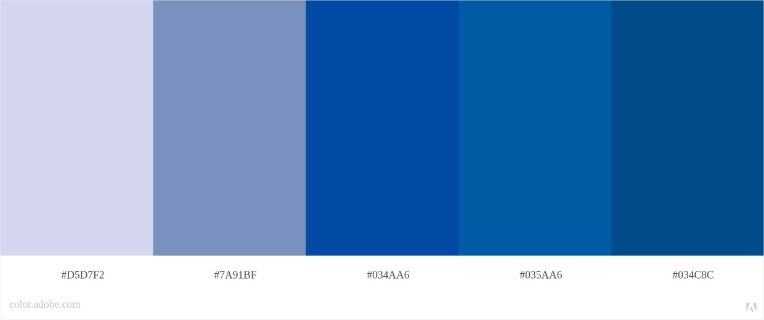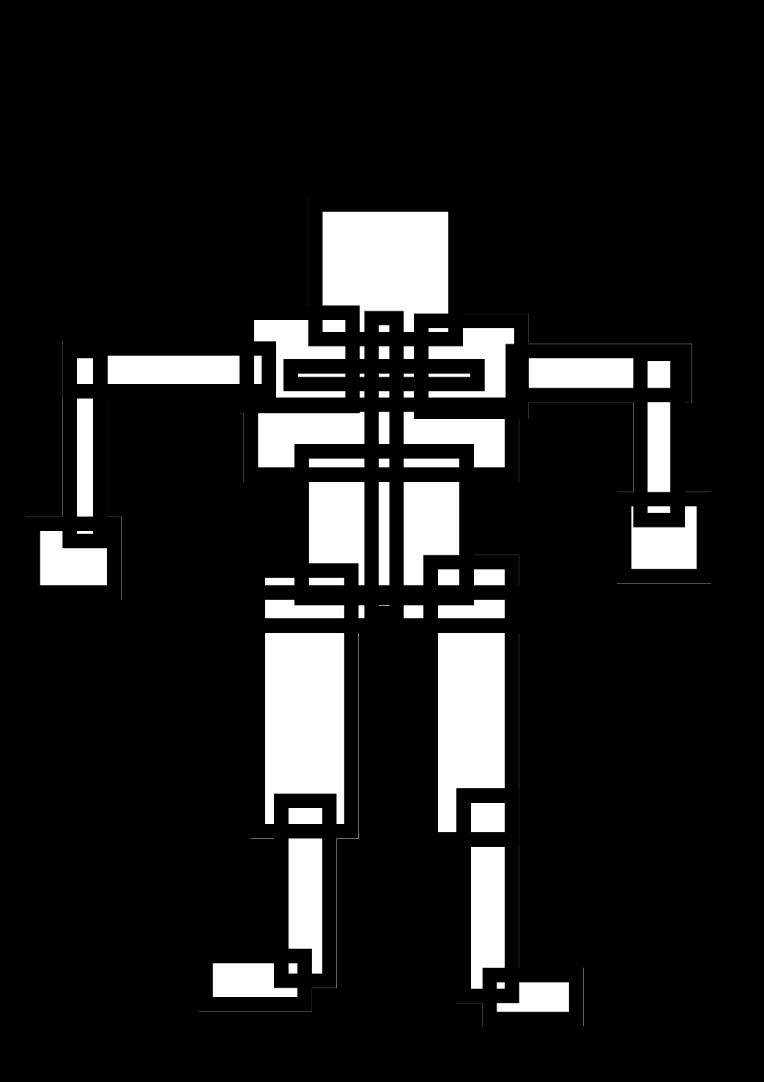A Character Design is the first thing that is needed in Animation. A Character Design is built with just Lineart, and good Lineart is Smooth and Clean. The reason for this is Coloring of the Character. Rough Lines are harder to color between because the rough parts end up showing ugly coloring mistakes when applying computer coloring with the fill bucket or gradient tool. Trying to fix those mistakes is hard work that takes a lot of time. It is best to avoid such a thing by having Smooth and Clean Lineart.
Another thing you need is a well-designed head and body. There are Design Rules to building these, and you add additional rules to add to the Character Design. As long as you follow the Design Rules for your Specific Character, you will be able to draw a Recognizable Character in any Pose, Perspective, or Emotional State.
Then, you need a Turnaround Animation to show your Character standing up, not just facing forward, but facing each Degree out of 360 Degrees, with each Frame of Animation being one of those Degrees. That’s how a Character turns around. In a Tool like Blender, you need two Images to form a 3D Version of that Image: The Forward Facing Character, and the Side Facing Character. These 2D Images are placed Perpendicular to each other in 3D Drawing Space to construct the 3D Image with the two Images as Guides.
Once you have a 3D Model, you don’t need to repeat this process for different poses and perspectives because you can play with this Doll in Blender by arranging the Doll in any pose or perspective you want, exporting the pose as a 2D Image of a 3D Character. If you don’t want the offputting 3D Effect seen in bad CGI Movies, erase the 3D Shading and recolor with Flat Colors inside the Outline. Again, this Lineart must be Smooth and Clean for Proper Computer Coloring.
If all of this work is done, you should have a file folder full of files that represent your Character in different Poses, Perspectives, and Facial Expressions. Now you can place your Character in your Setting for the purposes of Animated Storytelling.
You need to do this work for each Character Design. There are similar rules for Setting Design, for Indoor and Outdoor Settings.
At this point, you need to write a Script, which is also Designed. There is Narration, Action, and Dialogue. There are also rules of English Composition, like Beginning, Middle, and End.
With a Script, you have the Material you need to base a Storyboard on, which is a sloppy expression of panels that show the flow of the story and the main actions they are built from. You don’t need clean lines here. You already have your clean lines in your Character Design Folder.
From a Storyboard, you can build your Keyframes, which are all the points of Action in the Animation.
Once you have the Keyframes, you make the In-betweens, which is the actual work of Animation. Please do not use Computer-aided tweens for this. In-betweens require the Character of Hand-Drawings to be High Quality. Computer-aided tweens are overused in Animation in order to cut corners and save Money to produce Smooth Animation.
Even at this stage, with the Animation completely finished, it is still just Lineart. Well Animated Lineart, yes, but still just Lineart. Next, you need Flat Computer Coloring of each Frame of Animation. Your Character Design includes a Chosen Limited Color Palette that will be the only colors you use for coloring your Characters with Flat Colors. Shadow and Light in the Environment will naturally have an effect on these colors, and those Color Changes are also consistent with those Environments. Both the Flat Colors and the changes to those Colors are generated by Color Palette Software.
After the Basic and Advanced Colors are applied to each Frame of Animation, then you add Background Music and Voice Acting Files to the Animation with Video Editing Software.
This is now an Episode of your Cartoon. There should be a Title Screen to identify the Cartoon, and a Credit Roll to give credit by name to everyone who contributed work to the construction of the Cartoon.









